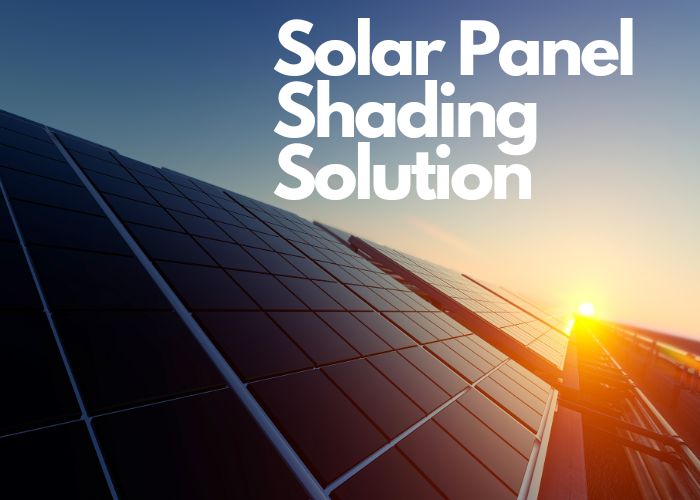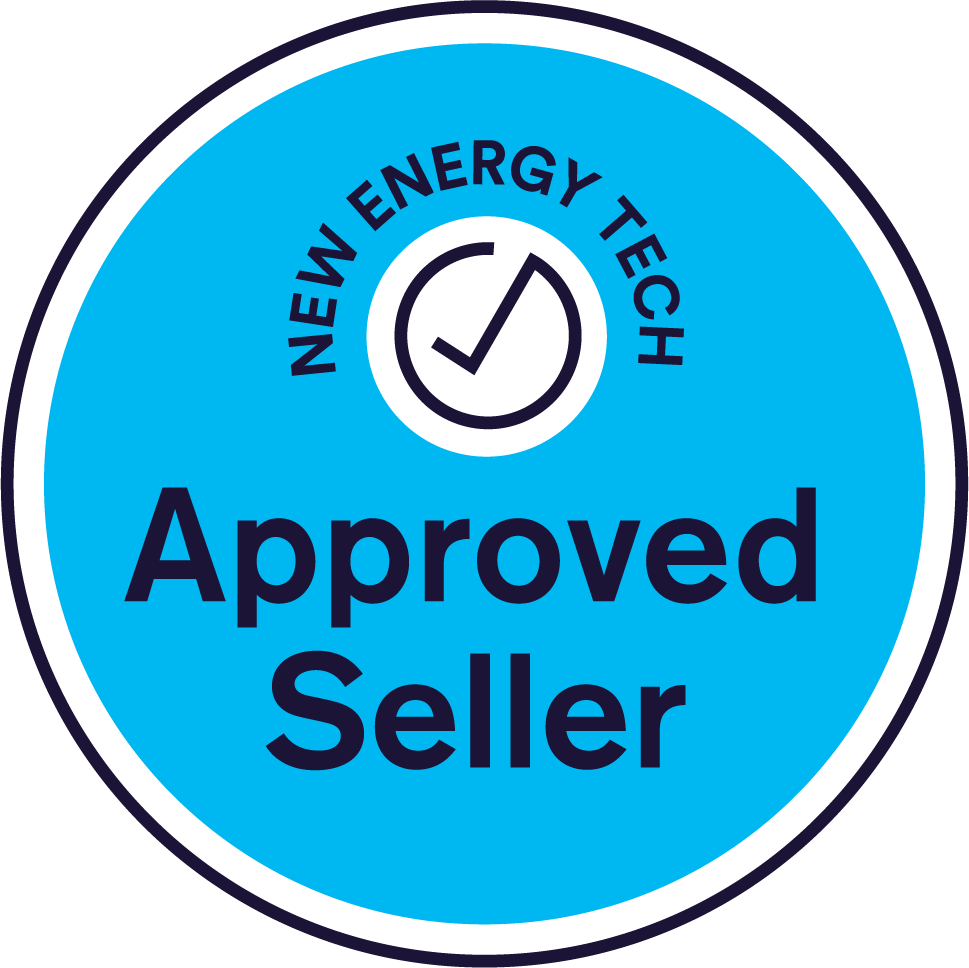When you setup the solar panel on your rooftop and get to see the partial shading then it causes the reduction of your solar power production.
Sigh….
Well, I feel the problem of yours but thankfully, I’m going to tell you the do’s and don’ts. But first off, I must tell you how does shading affect solar panels
Adverse effects of shading of your solar panels in series
Shading can come from various sources, such as trees, nearby buildings, or even chimney obstructions, and its effect is not to be taken lightly.
When a solar panel is shaded, even if it's just a single cell or a small portion, it can severely disrupt the entire panel's output.
This is due to the way solar panels are designed, with cells connected in series. When one cell is shaded, it acts as a bottleneck, hindering the current flow for the entire series. As a result, the overall power output drops significantly.
SOLAR PANEL SHADING SOLUTIONS

Shading can occur at any time during the day, and it's essential to grasp its impact on your solar panel's performance. Even a small area of shading can lead to a significant reduction in power output. To overcome this challenge, various innovative shading solutions have been developed. Let's delve into the options available.
Shading Solutions Comparison
1. Panel-Level Optimizers vs. Microinverters
When shading impacts just a portion of your solar panel array, choosing between panel-level optimizers and microinverters can be a game-changer.
Panel-level optimizers work by optimizing each panel individually, ensuring that the shaded panel's performance does not affect the others.
Microinverters, on the other hand, convert DC to AC power at the panel level, mitigating shading issues similarly. Both options have their advantages, and the choice depends on your specific needs and budget.
Lastly, the Monocrystalline Solar panel works best as a partial solar panel
2. Bypass Diodes vs. Shade-Tolerant Panels
Bypass diodes are integrated into solar panels to mitigate shading issues. When one panel is shaded, these diodes allow the unaffected panels to continue generating power efficiently. However, shade-tolerant panels are designed to perform better under partial shading conditions. Comparing the two, we'll uncover which solution best suits your setup.
3. Tracking Systems
Solar tracking systems, including single-axis and dual-axis trackers, allow solar panels to follow the sun's path throughout the day. By constantly adjusting the angle of the panels, tracking systems can potentially reduce the impact of shading. We'll explore the effectiveness of tracking systems and their compatibility with different settings.
4. Tree Trimming and Pruning
If your shading source is from nearby trees, tree trimming and pruning may be a cost-effective solution. Properly managed, this method can reduce shading and extend the life of your solar panel system.
5. Tilt and Orientation Adjustments
Adjusting the tilt and orientation of your solar panels can also be an effective shading solution. Depending on your location and the sun's path, altering the angle and direction of your panels can minimize shading-related losses.
6. Shade Analysis Tools and Software
Shade analysis tools and software applications have become invaluable for solar panel owners. These tools help you predict shading patterns at different times of the year, allowing you to make informed decisions regarding panel placement and potential shading issues. Learn more from this article about Solar panel shading analysis
7. Battery Backup Systems
Implementing battery backup systems can be a smart way to tackle shading-related energy losses. During periods of shading, the battery can store excess energy, ensuring a consistent power supply to your home.
8. Cleaning and Maintenance
While not a direct shading solution, regular cleaning and maintenance can prevent shading caused by dust and debris accumulation. We'll discuss the best practices for keeping your solar panels clean and performing optimally.
9. Shade Structures and Awnings
For residential and commercial settings, installing shade structures and awnings can provide dual benefits. They offer shade to your outdoor space while acting as a shading solution for your solar panels.
10. Building-Integrated Solar Solutions
As solar technology advances, building-integrated solar solutions have gained popularity. Solar roof tiles and building materials embedded with solar panels can minimize shading issues by integrating the panels directly into the building's structure.
Conclusion
In the world of solar energy, shading is a challenge that cannot be ignored. However, with a variety of shading solutions available, it's possible to harness the sun's power efficiently. When choosing the right solution for your solar panel system, consider factors such as your budget, location, and the extent of shading. By making informed decisions and taking advantage of the latest technologies, you can ensure that your solar panels continue to generate clean, sustainable energy, even in the face of shading challenges



